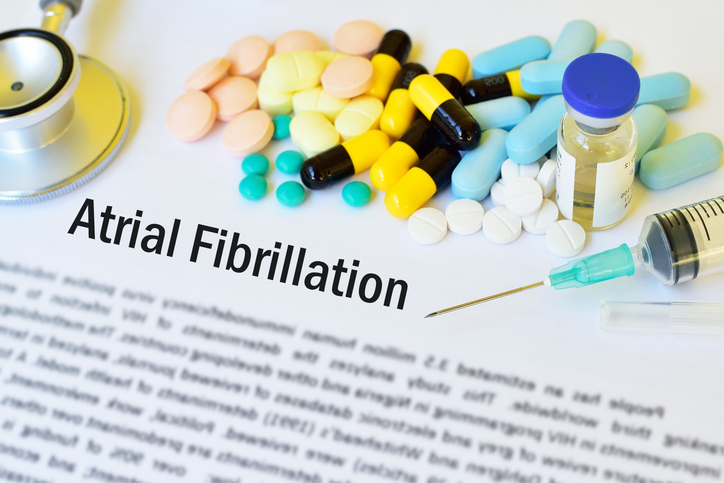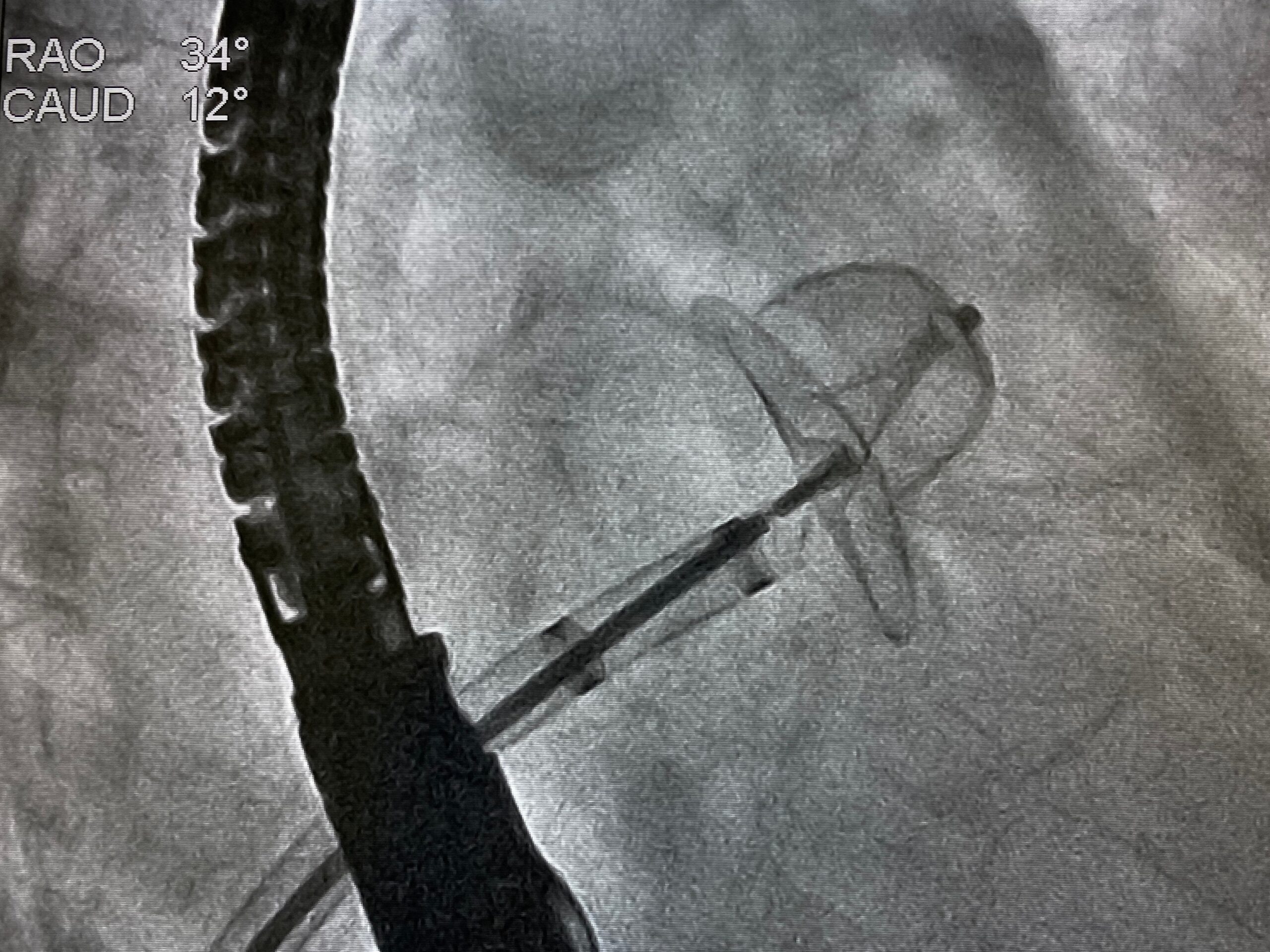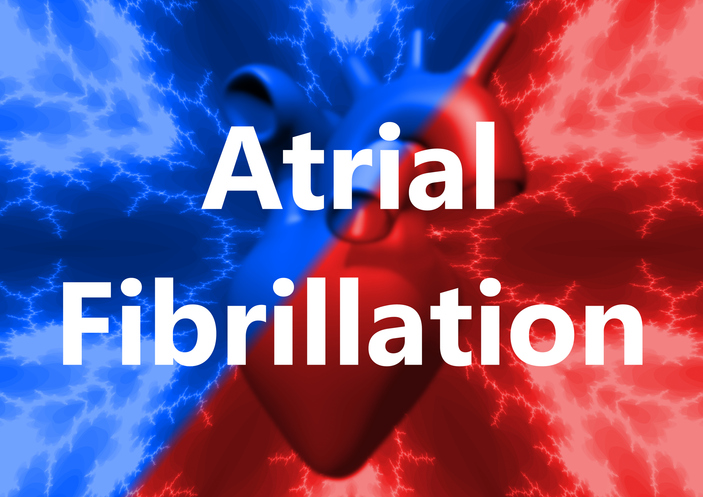
In a post-hoc analysis of the AFACT trial, published in BMJ Open, investigators explored potential associations between left atrial epicardial conduction time (LAECT) fibrosis and atrial fibrillation (AF) recurrence after thoracoscopic surgical ablation. According to the study’s lead author, R. Wesselink, “LAECT is correlated with collagen fibre density and [body mass index (BMI)] and is independently associated with AF recurrence in patients with persistent AF.”
The investigators included 121 patients from the AFACT trial who underwent thoracoscopic ablation with pulmonary vein isolation plus roof and trigone lesion. The study defined LAECT as “time to local activation at one side of the roofline on pacing from the opposite side,” while collagen fiber density “was quantified from left atrial appendage histology.”
Among the 121 patients, 51% (n = 62) had experienced at least one recurrence of AF over the two years of follow-up. Notably, LAECT was longer in patients who had experienced AF recurrence than in those who had not. Additionally, authors observed longer LAECT in patients who were older, had a higher body mass index (BMI), or were using class IC antiarrhythmic drugs. Conversely, LAECT was shorter among patients with higher collagen fiber densities.
Overall, authors stated that previous catheter ablation failure, LAECT, and BMI were independently associated with AF recurrence in persistent AF cases. In closing, the investigators wrote that “LAECT appears to reflect substrate characteristics beyond clinical AF type and left atrial volume” for these patients.







 © 2025 Mashup Media, LLC, a Formedics Property. All Rights Reserved.
© 2025 Mashup Media, LLC, a Formedics Property. All Rights Reserved.